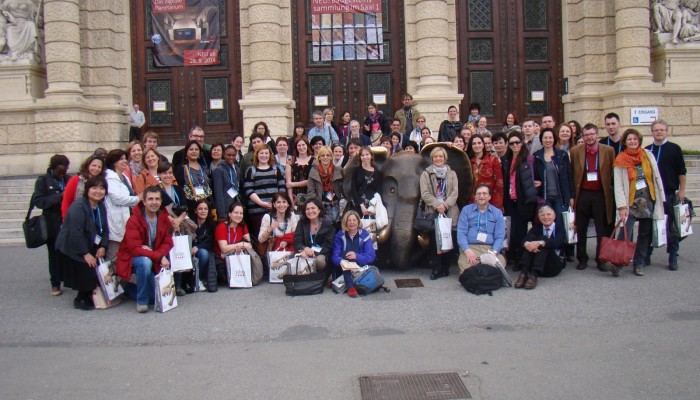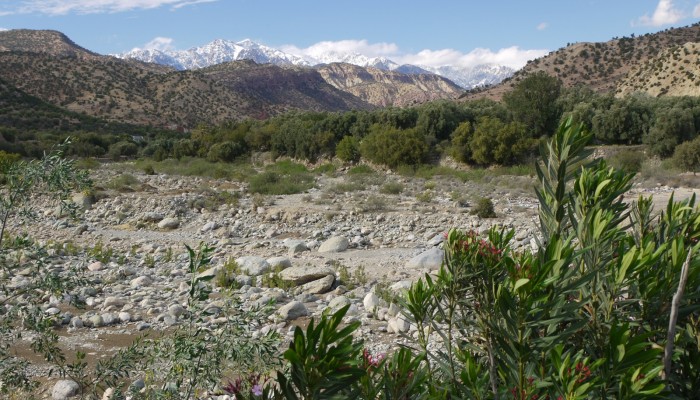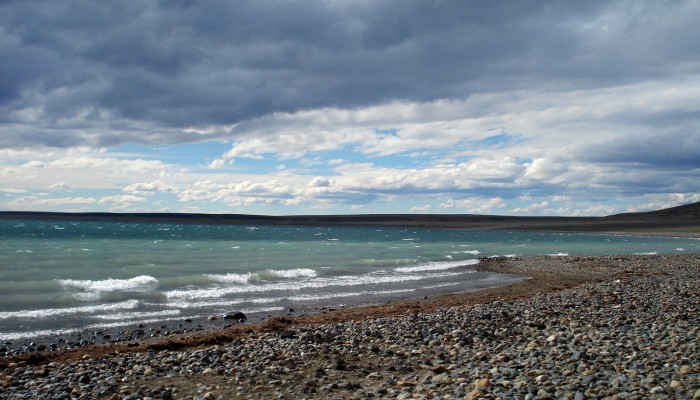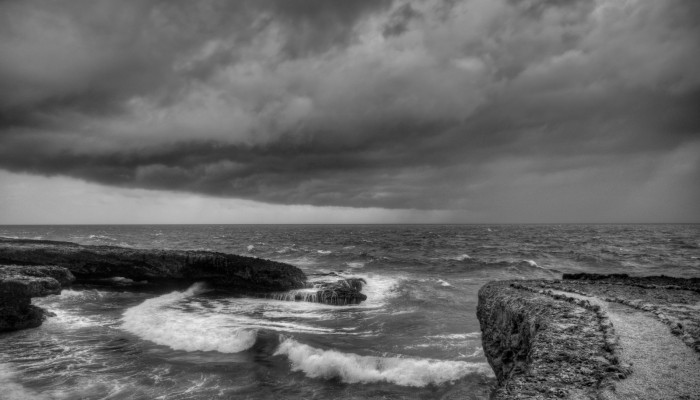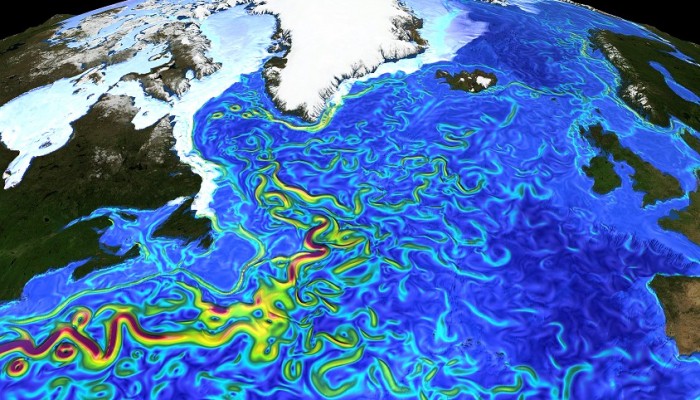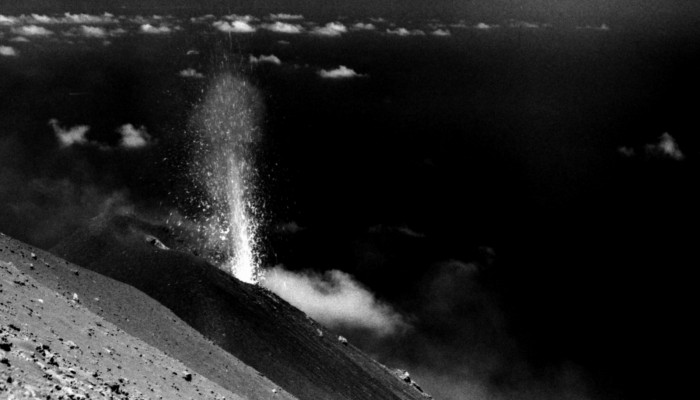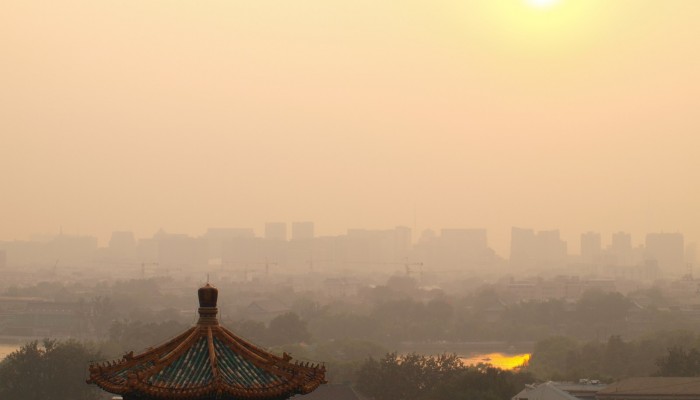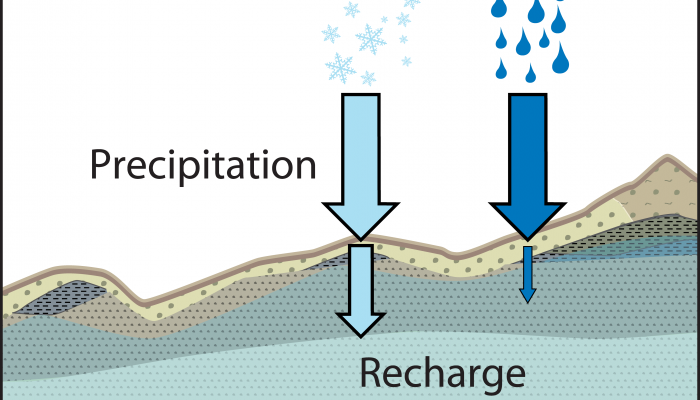The most recent issue (Winter/Spring 2015) of the Teachers Clearinghouse for Science and Society Education Newsletter includes a piece, by Earth Science Correspondent, Michael J. Passow, on the 2015 General Assembly and the GIFT (Geosciences Information For Teachers) Workshop. Passow gives an account of this year’s workshop, on the topic of mineral resources, and outlines the participating teacher ...[Read More]
If you didn't find what you was looking for try searching again.
GeoLog
All you ever wanted to know about EGU publications
Did you know that, the EGU, through Copernicus Publications, publishes 17 peer-reviewed open-access journals? The journals cover a range of topics within the Earth, planetary and space sciences: with publications spanning the cryospheric sciences, soil system sciences, through to non-linear processes in geophysics, there is something for everyone. Whatever your area of research, chances are you’ll ...[Read More]
Energy, Resources and the Environment
Words on Wednesday: Effects of land use changes and soil conservation intervention on soil properties as indicators for land degradation under a Mediterranean climate
Words on Wednesday aims at promoting interesting/fun/exciting publications on topics related to Energy, Resources and the Environment. If you would like to be featured on WoW, please send us a link of the paper, or your own post, at ERE.Matters@gmail.com. *** Y. Mohawesh, A. Taimeh, and F. Ziadat: Effects of land use changes and soil conservation intervention on soil properties as indicators for l ...[Read More]
GeoLog
Imaggeo on Mondays: Mountains, rivers and agriculture
This week’s Imaggeo on Mondays image blends a range of geoscience disciplines. The post, by Irene Marzolff, a researcher at Johann Wolfgang Goethe-Universitaet, explores how the mountains, rivers and soils of the High Atlas in Morocco are intrinsically linked to the agriculture of the region. The image was taken in the southern slopes of the Western High Atlas, north of the city of Taroudann ...[Read More]
GeoLog
GeoTalk: Deciphering the mysteries of the Mediterranean Sea with Katrin Schroeder
Geotalk is a regular feature highlighting early career researchers and their work. Following the EGU General Assembly, we spoke to Katrin Schroeder, the winner of a 2015 Arne Richter Award for Outstanding Young Scientists. First, could you introduce yourself and tell us a little more about your career path so far I am a physical oceanographer with a background in environmental science. I did my st ...[Read More]
Energy, Resources and the Environment
Words on Wednesday: Brief Communication – The dark side of risk and crisis communication: legal conflicts and responsibility allocation
Words on Wednesday aims at promoting interesting/fun/exciting publications on topics related to Energy, Resources and the Environment. If you would like to be featured on WoW, please send us a link of the paper, or your own post, at ERE.Matters@gmail.com. *** Scolobig, A.: Brief Communication: The dark side of risk and crisis communication: legal conflicts and responsibility allocation, Nat. Hazar ...[Read More]
GeoSphere
Geology Photo of the Week #44
For a bit of a change of pace the photo of the week this week isn’t a photo at all. Rather it’s a fascinating model output showing ocean surface currents in the North Atlantic. The Gulf Stream is clearly visible as it flows past Atlantic Canada and out towards the middle of the north Atlantic. I am guessing that colour scheme has something to do with current velocity or mass flux or so ...[Read More]
GeoLog
Imaggeo on Mondays: Strombolian eruption
Jonas Kuhn, a researcher at Heidelberg University , took the photograph during a field campaign at Stromboli volcano in Italy. The objective of this campaign was to gather data from different gaseous compounds of the volcanic plume. Via emission fluxes of volcanic gases (e.g. SO2, CO2, halogen compounds…) or the ratio of emitted gases, one can retrieve information about the interior of the v ...[Read More]
Energy, Resources and the Environment
Booming Beijing: the impact of urban growth on local environment
The global population is ever-growing. Cities are expanding at a rapid pace. A recent study by Mark Jacobsen of Stanford University and Son Nghiem of NASA’s Jet Propulsion Laboratory investigated the urban growth of Beijing, China (published on June 15th in the Journal of Geophysical Research – Atmospheres). Their results showed that the city had quadripled in size in the span of a dec ...[Read More]
WaterUnderground
When it snows, it pours (into aquifers)! Recharge seasonality around the world…
Written by Scott Jasechko University of Calgary isohydro.ca twitter.com/sjasechko Groundwater is renewed by rain and melted snow that moves under the ground, a process called groundwater recharge. The percentages of summer versus winter precipitation that make it under the ground are expected to be different for a number of reasons including larger plant water use during the summer, and larger are ...[Read More]

